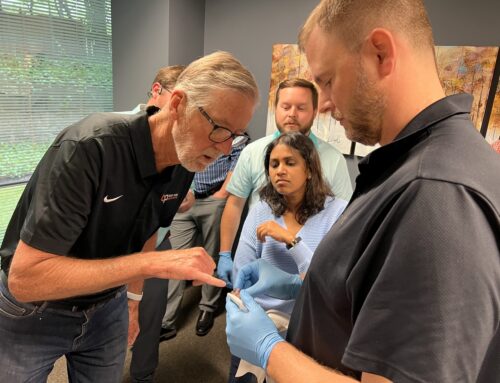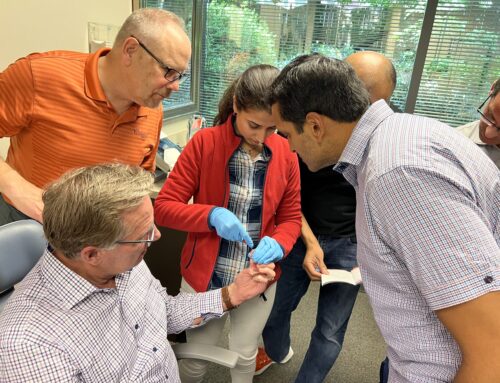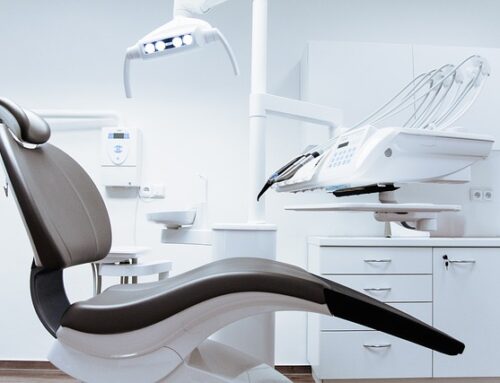It seems like the symptoms are never-ending and always combining. Even when that is the case, it is important to fully understand each option so that you can provide the proper treatment for your patients. After all, we know that a misdiagnosis can make treatment unbearable and we don’t want to do that to our patients, do we? I didn’t think so.
Today I want to shed a little light on how high risk obstructive sleep apnea and sleep/wake bruxism can relate to TMD. Let’s take a look.
What is TMD and OSA?
First, here is a little background for those who may not be too familiar with this topic area. TMD stands for temporomandibular joint disorder and it is a musculoskeletal disorder characterize by persistent pain in the temporomandibular joint (TMJ), periauricular region, and/or the head and neck muscles. And, OSA is obstructive sleep apnea, which is a sleep-related breathing disorder characterized by repetitive collapsing of the airway during sleep.
The Connection
Sleep-related bruxism and wake bruxism have both been associated with TMD, headaches, and sleep and behavioral complaints. According to Dentistry IQ, one hypothetical mechanism is that OSA might be associated with an increase in parafunctional activity. This would be sleep bruxism or awake bruxism, and contributes to the initiation of TMD in susceptible individuals. Bruxism is a repetitive jaw-muscle activity characterized by clenching or grinding of the teeth and/or bracing or thrusting the mandible. Bruxism can occur during sleep or even while awake.
To look into the connection, the Academy of Dental Sleep Medicine hypothesized that OSA symptoms, awake bruxism, and sleep bruxism at baseline were independent predictors of developing TMD in initially pain-free individuals. This data was analyzed between 2006 and 2008 with men and women between the ages of 18 and 44.Before the investigation began, each participant reported sleep bruxism and wake bruxism. And, to evaluate risk for OSA, each reported loud snoring, daytime sleepiness, witnessed apnea, and hypertension.
The Results
Up to five years after this initial phase, participants completed a TMD screening questionnaire every three months. Clinical re-examination determined TMD in the presence of 5 days per month of pain in the masticatory structures and findings of arthralgia or myalgia. This study found that symptoms of OSA, reports of wake bruxism, and reports of sleep bruxism all have a significant effect in predicting first-onset TMD. And, wake bruxism had a stronger association with OSA symptoms than sleep bruxism did.
You can read more about this study by visiting Dentistry IQ’s recent article. I found it very interesting and am looking forward to even more information on this topic because it helps us in properly treating our patients and potentially preventing further complications.






